Industry 4.0: Reshaping Industry and Manufacturing Today
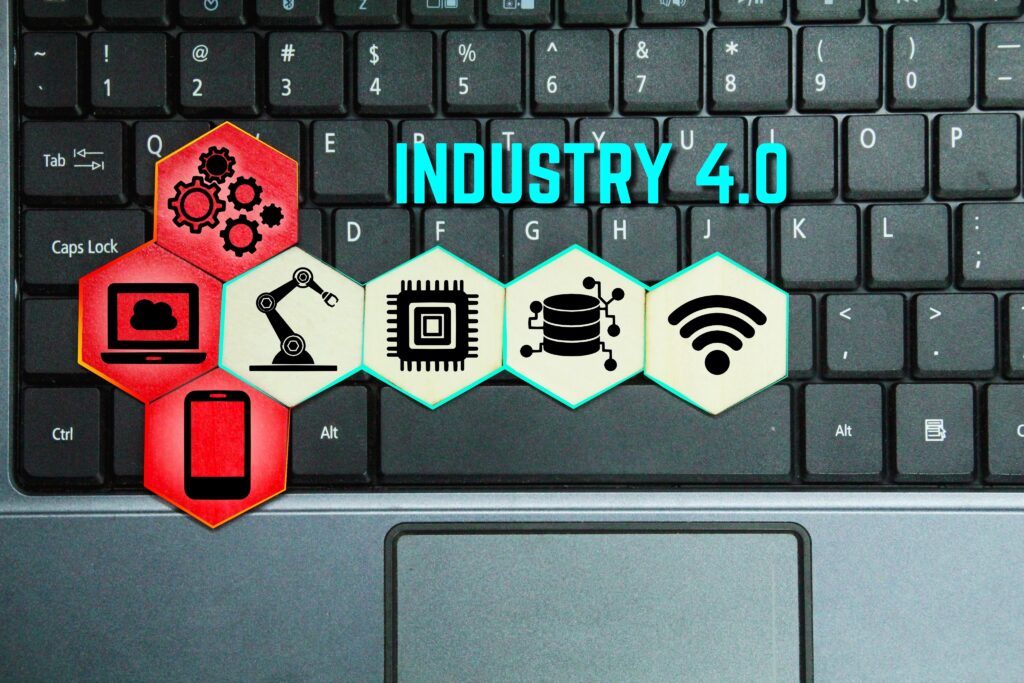
The Industrial Revolution has been a transformative force in human history, bringing us from the humble beginnings of agriculture and manual labor, to societies built around automated processes and technology. There currently exists four stages of revolution, each marked by tremendous advancements impacting economies, societies, and the way we live.
Steam Power and Mass Production (First IR)
This being the first industrial revolution, occurring in the late 18th to early 19th century, laid the foundation for modern industry. Steam power was invented by James Watt (who’s contribution to industry efficiency was commemorated by naming the unit of power [Watt] after him). This revolutionized manufacturing by powering machinery and replacing manual/animal labor in certain use-cases. The mechanization of textile production with inventions like the spinning jenny and power loom propelled the growth of factories and mass production. The iron and steel industry saw significant advancements, enabling the construction of bridges, railways, and machinery. This set the stage for urbanization alongside the rise of the working class, thus striking the boom of industrial capitalism.
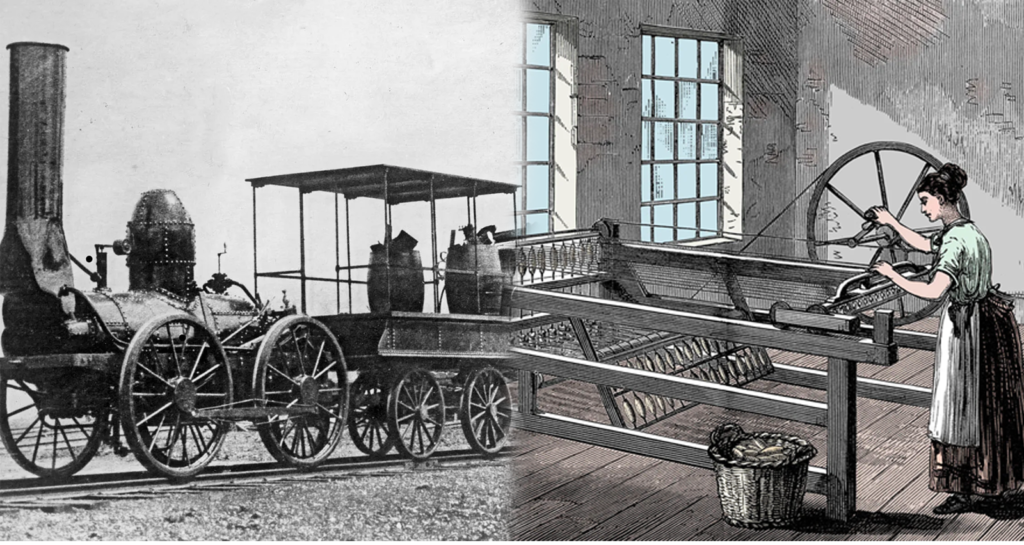
Electricity, Steel, and the Assembly Line (Second IR)
The Second Industrial Revolution, spanning the late 19th to early 20th century, was characterized by the widespread adoption of electricity, the development of the internal combustion engine, and the discovery of new materials such as steel and chemicals. The invention of both the telegraph and telephone, thanks to Andre Ampere and Alexander Graham Bell, facilitated instant communication and connected distant locations together to significantly reduce the time of information transmission. The automobile industry flourished, transforming transportation. This was accomplished thanks to the assembly line, pioneered by Henry Ford, and operated by working class Americans, revolutionized manufacturing and allowed for mass production of not only cars, but the concept was also taken and used to create a various array of items and goods in a cost effective manner. This stage marked the rise of manufacturing giants and the consolidation of corporate power.
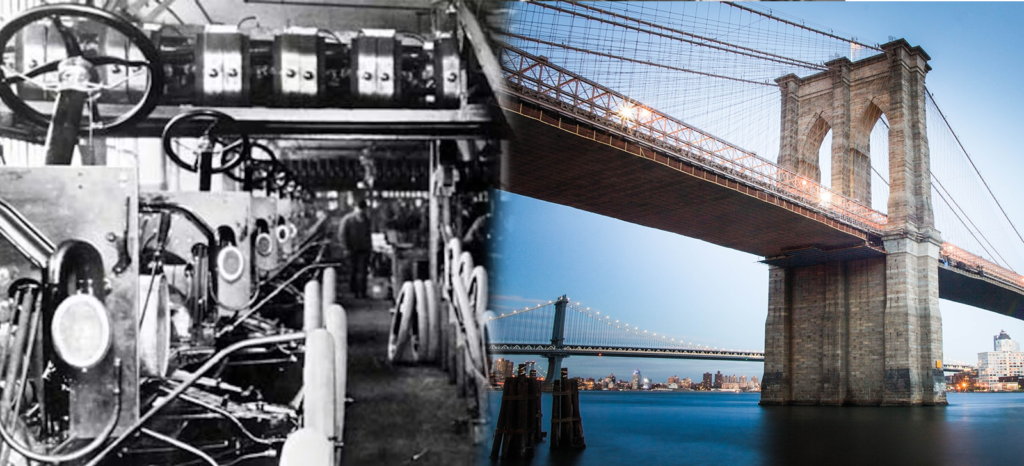
Digitalization and Information Technology (Third IR)
The Third Industrial Revolution, coined “The Digital Revolution”, unfolded in the late 20th century. With the birth of the computer, the internet, and many other groundbreaking technologies we consider a part of normal every day life today, the way we handle information transmission and processing changed forever. The development of semiconductors led to the miniaturization and increased computing power of devices. Computers revolutionized data processing, automation, and communication, enabling businesses to streamline operations and enhance efficiency. The internet became a global network, connecting people, businesses, and information like never before. The signaled the emergence of E-Commerce, transforming the landscape for the way we buy and sell goods. This in turned set the groundwork for the knowledge-based economy and fostered rapid technological innovation.
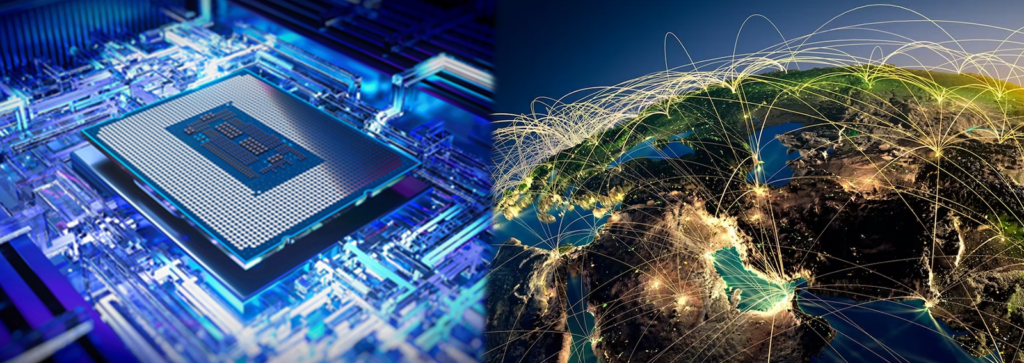
Automation, AI, and Smart Manufacturing (Fourth IR)
We are currently living during this revolution! This revolution is often termed “Industry 4.0”, which builds upon the digital revolution and embraces tech such as artificial intelligence, big data, the Internet of Things (IoT), and advanced robotics. Automation has become more prevalent, allowing for increased productivity, cost savings, and safer working environments. Smart factories equipped with IoT sensors and interconnected systems optimize production processes, inventory management, and supply chains. Artificial intelligence and machine learning enable predictive analytics, quality control, and personalized customer experiences. Industry 4.0 emphasizes connectivity, sustainability, and the integration of physical and digital realms – allowing for more time and energy to be focused on crucial decision making, creativity, and less time put on the mundane, repetitive tasks that soak up time. Industries, factories, manufacturers, and more can benefit from AI – reducing cost, shutdown, injury, and more. Interested in how you can get your factory kitted with AI components to save you crucial money and time? Reach out!
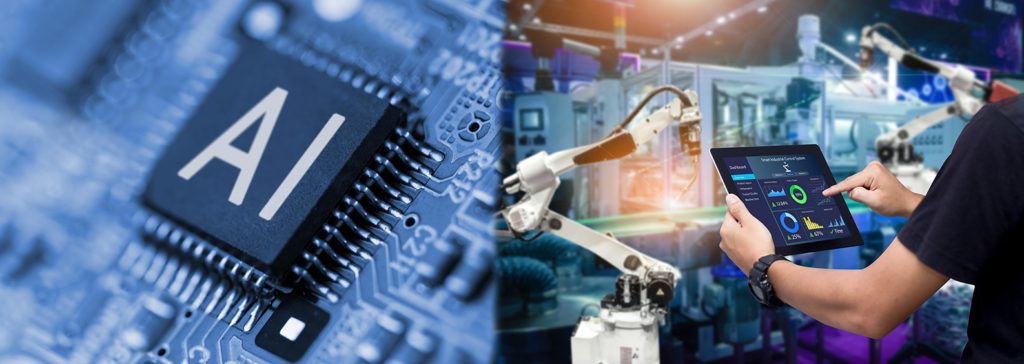
The Industrial Revolution: Impacts on Manufacturing Today
The industrial revolution over the time has propelled unprecedented economic growth, enabled the efficient production of goods on a large scale, and transformed the nature of work. Automation and digitalization have increased productivity and precision, while reducing labor-intensive tasks. Supply chains have become more global and interconnected, facilitating international trade. Customer expectations themselves have evolved, demanding personalized products and seamless experiences, all at affordable prices, all thanks to how effective the industrial revolution has ben and how much it has impacted manufacturing. There is an argument for how this affects small business, but we’ll save that for another blog. In conclusion, the Industrial revolutions have brought with them their own sets of challenges, and today we face the problems of AI and the onslaught of job displacement and how to upskill the workforce alongside with the majority of the “repetitive tasks” have been automated.

Interested in AI?
Reach out to us to see how we help you profits, reduce downtime, and increase customer satisfaction with AI and Machine Learning.
Share this post: on Twitter on Facebook on Google+
